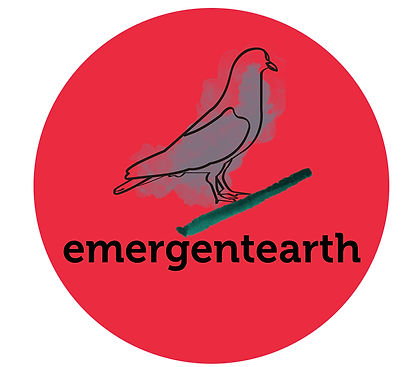top of page
an emergent
website design
by
peter jay stein, md, ma
atmosphere
asthenosphere
lithosphere
regolith
biosphere
hydrosphere



This 54 page synopsis of the evolution
of the Earth, the origin and progression of life, and the
emergence of humans as descendants of the hominin lineage, divides the last 4.57 billion years into progressively overlapping, imagistic, time segments, to outline our place in biological existence.
magnetosphere
ionosphere
FORTY-FIVE
Emergent Oligocene Epoch: 34 - 23 mya
Dawn of ancestors of modern apes and humans,
but abundant fossils do not appear until the following Miocene epoch
from the Greek, "few new"
The Grande Coupure was a sudden change in continuity of western European mammalian fauna, about 33.5 mya, at the Eocene-Oligocene boundary, with 17 group extinctions, and 20 first appearances
1) Global climate changing from wet and tropical to drier, more seasonal, and subtropical
2) Hints of a cooling trend favors the evolution of grasses, which feed herds of grazing animals,
provide small animal and bird shelter, and stabilize the soil to reduce erosion. Unlike flowering
plants, grasses rely on wind for pollination
3) Increasing erosion develops in N. America and Europe, following the mountain-forming events of the prior Eocene epoch in those regions
4) In Asia, the Indian plate collides with the Eurasian plate, initiating the Himalayan mountain- forming cycle
5) Antarctica begins ice accumulation, and becomes ice-capped, causing global, climatic cooling
6) Global cooling causes world-wide marine regression, with reduced marine plankton diversity;
many marine mammals become extinct due to climatic cooling
7) Late in the epoch, mammals such as horses, deer, cats, dogs, elephants, and primates dominate
8) Migration of land mammals continues between Asia and N. America

Features of the Oligocene epoch: 34 mya - 23 mya:
bottom of page